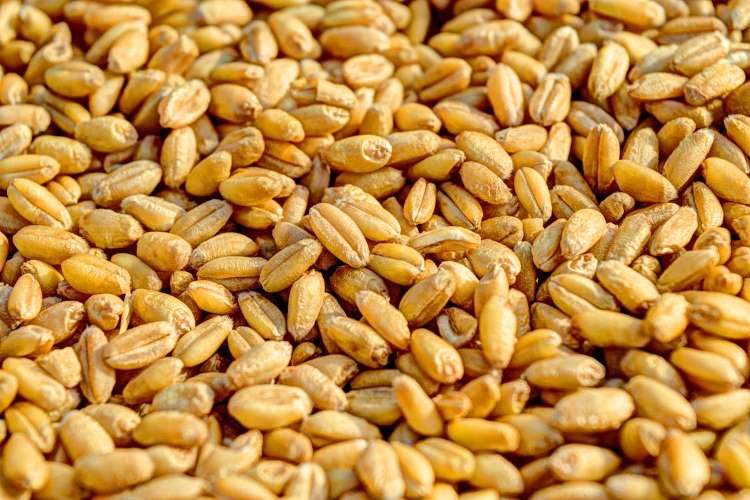
Food subsidies in India: While the finance ministry was mulling on imposing a ceiling on annual food subsidy expenses as it looks to cut the rising economic costs of rice and wheat, the ministry has further extended its free food ration scheme for next three months. It has been decided that the government will spend about Rs 40,000 crores on this scheme in the next three months.
This comes despite the depletion in government’s coffers after its long fight against the Covid-19 pandemic and the food subsidy of late has become an unnecessary fiscal obligation. The move to extend free ration scheme also comes at a time when the government is likely to overshoot the budgetary allocation for food subsidy this year.
The subsidy bill is set to exceed the budget outlay of Rs 2.06 trillion by at least Rs 1 trillion. The government was at a crossroads with its populist scheme Pradhan Mantri Garib Kalyan Anna Yojana (PMGKAY) and government think tank NITI Aayog had also recommended the discontinuation of the scheme as the economy has returned to the pre-pandemic levels.
The scheme was set to expire on September 30, and the further extension of the free ration scheme will dent the exchequer even more. Since the scheme’s introduction in April 2020 amid the first wave of the pandemic, the government has already spent Rs 3 trillion.
Initially, the PMGKAY scheme was announced only for a period of three months — April, May and June 2020. But with the Covid-19 crisis continuing into 2021-22, the scheme was renewed multiple times. The last extension was made in March this year which was set to expire on 30 September.
READ I UPI is India’s ticket to fintech power; it should stay a free platform
Even if the Union government manages to tackle the subsidy issue, it will face further issues in procuring enough food grains to meet the buffer stock norms. The government’s wheat procurement fell by 53% to 182 lakh tonne in 2022-23 compared with 433.44 lakh tonnes in the previous year.
Under the PMGKAY scheme, the Union government provides 5 kgs of free food grains every month to the poor. This was in addition to the subsidised ration scheme. About 80 crore people who come under the ambit of the National Food Security Act (NFSA) are the direct beneficiaries of this scheme. The rollout of Pradhan Mantri Garib Kalyan Anna Yojana is attributed as the major reasons for the Bharatiya Janata Party (BJP) returning to power in Uttar Pradesh despite allegations of Covid-19 mishandling.
Policymakers had earlier speculated that the government wasn’t likely to take the political risk of stopping the free rations in view of the upcoming assembly elections in Gujarat and Himachal Pradesh where BJP is in power. The scheme will play a major role in swaying voters.
Should India look at cutting food subsidies
India is one of the countries where hunger and malnutrition levels are among the highest despite the country being blessed with some of the most fertile lands in the world and also by virtue of having surplus foodgrain. India ranks 101 in the list of 116 countries on the Global Hunger Index 2021.
While the government makes efforts towards mitigating poverty, a significant number of the country’s population still suffers from hunger. There are wide cracks in the food system and while the yield is enough, storage and transportation issues plague the food delivery system.
India spends about 5% of its total budget on subsidising food, but experts say its impact will be limited unless the scheme is revised. The food subsidy is a safety net for not only consumers but also farmers. The same is used to protect farmers against low market prices while providing consumers with affordable food grains through the public distribution system (PDS).
Strengthening food subsidy programme
Policymakers have often made a pitch for strengthening the PDS to tackle the hunger issue. In its present form, the PDS subsidises only cereals since the Food Corporation of India procures only rice and wheat. Experts are of the opinion that the government must look at adding more grains to the scheme to mitigate malnutrition. Other than being reliant on rice and wheat, the PDS is also criticised for having an urban bias, despite having a higher quota for rural areas.
READ I Interest rates: RBI should go easy on monetary tightening
Further efforts are also needed towards the ‘one nation, one ration card’ scheme which allows beneficiaries/ration cardholders to claim foodgrains from any fair price shop situated anywhere in the country through an existing ration card with biometric or Aadhaar authentication.
India is the world’s second most populous country. While it has strived hard to ensure food security, the government has met with a couple of challenges on the way. Beneficiaries still complain of receiving poor quality food grains, farmers are dis-incentivised towards sowing crops other than what is covered under Minimum Support Price (MSP) and there is minimum procurement of other crops by the government at MSP.
Experts argue that the government must bridge nutritional imbalance in food grains and expand subsidies to include protein-rich food items. While the identification of beneficiaries is done by the state governments which leaves the possibility of exclusion of some, there is a need to identify all of the beneficiaries in order to close hunger gap.
